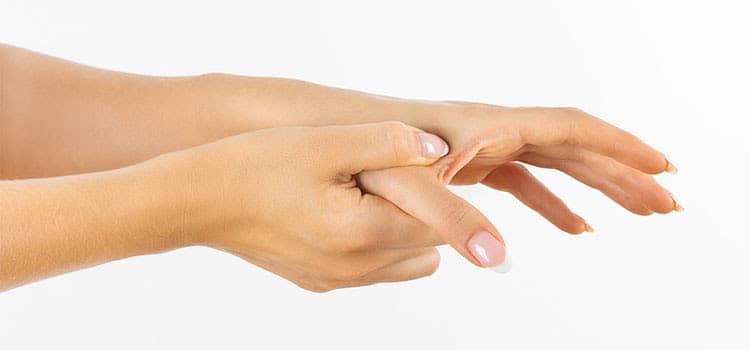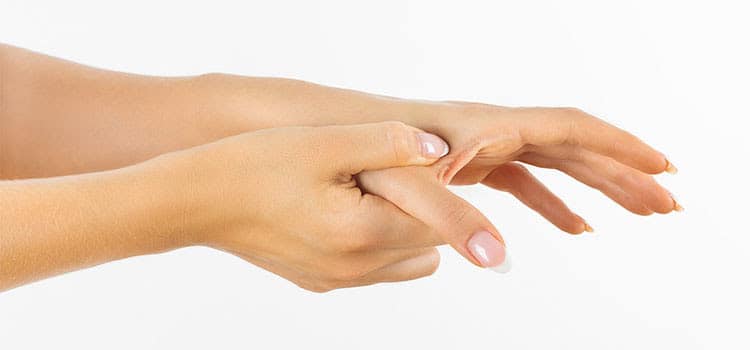
The acupressure method, like acupuncture, a related Chinese healing treatment, is based on the principle that a person must maintain a healthy balance and flow of energy, QI, to stay healthy.
While acupuncturists insert fine needles into energy points along the body to stimulate and correct the flow of QI, acupressure practitioners apply pressure to these areas to achieve similar results. A licensed therapist uses fingers, palms, elbows, feet or other objects to press on specific points that correspond to different organs, each of which is located on an energy channel called a meridian. If the energy, or QI, is blocked along these channels, various symptoms and health problems can occur.
While acupuncture needles are virtually painless, some prefer this non-invasive option. It may seem complicated to believe that simply applying pressure can relieve your aches and pains. Still, researchers in Taiwan found that acupuncture was more effective in reducing lower back pain than physical therapy (a combination of exercise, spinal manipulation, heat therapy and electrical stimulation). Other studies of acupressure have shown promising results for other health problems.
![Acupressure points present on the palm. [5]](https://ci3.googleusercontent.com/meips/ADKq_NYYDKjmAx4AOZzyP0YJs5nSglev0y0QWyUl0tlkcCFzn0rK6V6herke-eDIMj3otLs6SiHG1sxhMQX9ZJg6g65Bk9eQ0Cr58NkHpKgA9GUWYj-mnqQtFo39bHGIelI7CoZ-oDJ3jRciU6kzv8Du-Zv25J7Ot1QbwcubBtcIF84BE3CwfADFZQfMsU8TkmRIVGLXNVb62iRUAKXqz53fJrAcD7em4exYxWJrfY2VfCAG4SUly5yZ6iE=s0-d-e1-ft#https://www.researchgate.net/profile/Mahesh-Munde/publication/317345491/figure/fig1/AS:501834573938688@1496658094988/Acupressure-points-present-on-the-palm-5.png)
Beyond back problems, acupressure is also used to:
-Treating headaches, arthritis, fibromyalgia and post-operative pain.
-reduce anxiety, stress and depression
relieve asthma and allergy sufferers
-reduce symptoms of upset stomach and irritable bowel syndrome
-Relieve nausea, especially after surgery or chemotherapy.
-Strengthen the immune system
-Facilitate and accelerate childbirth
Who can use acupressure?
Anyone can receive acupressure without concern. However, it is not suitable for everyone. Discuss the treatment with your doctor before going to your first session if you have any of the following conditions:
Heart disease
Uncontrolled diabetes or high blood pressure
Blood clotting problems, such as hemophilia
Osteoporosis
Recently broken bones
Pregnancy
Cancer (although acupressure can treat pain and nausea associated with cancer and chemotherapy, the American Cancer Society warns that it may be inappropriate for some cancer patients).
First things first:
Research your practitioner: Make sure your practitioner is licensed and experienced. Ask for recommendations or check the directories of the National Certification Commission for Acupuncture and Oriental Medicine or the American Academy of Medical Acupuncture to find a state-licensed practitioner with national certification in Asian body therapy (ABT).
Wear casual clothing: Unlike massage therapy or acupuncture treatments, which may require you to undress, you will remain fully clothed during your acupressure appointment.
Your practitioner will likely ask you questions about your condition – how long you’ve had it, when it causes symptoms, how you’re treating it – so be prepared to talk. The more specific and complete you can be, the better.
It’s a good idea to ask about side effects: Although acupressure is non-invasive and has minimal risks, you may experience pain or bruising at pressure points. If you have concerns about how you will feel after a treatment, discuss them with your practitioner before you begin.
As the sessions progress, it is possible to practice acupressure yourself: A practitioner can practice acupressure expertly, but the treatment is something you can do yourself if you know how to do it properly. You might ask your practitioner if he or she can design a program you can follow at home. Books and videos can also be helpful, but it is best to consult a licensed practitioner first.




